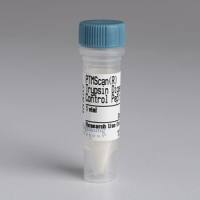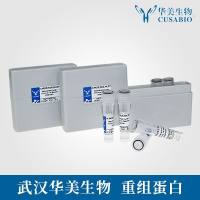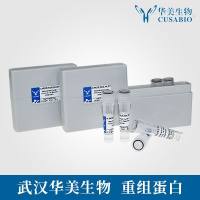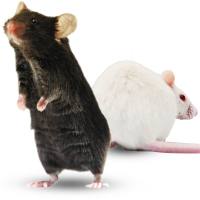Use of Skin Equivalent Technology in a Wound Healing Model
互联网
互联网
相关产品推荐

Mouse Reactive Alzheimer's Disease Model Microglia Phenotyping IF Antibody Sampler Kit
¥500

Recombinant-Arabidopsis-thaliana-High-affinity-nitrate-transporter-31NRT31High-affinity nitrate transporter 3.1 Alternative name(s): Protein WOUND-RESPONSIVE 3
¥10458

Recombinant-Rabbit-NeprilysinMMENeprilysin EC= 3.4.24.11 Alternative name(s): Atriopeptidase Enkephalinase Neutral endopeptidase 24.11; NEP; Neutral endopeptidase Skin fibroblast elastase; SFE CD_antigen= CD10
¥15442

Tau Mouse Model Neuronal Viability IF Antibody Sampler Kit
¥500

KC model小鼠-疾病模型-自发肿瘤;原癌基因;癌症;肿瘤突变
询价

